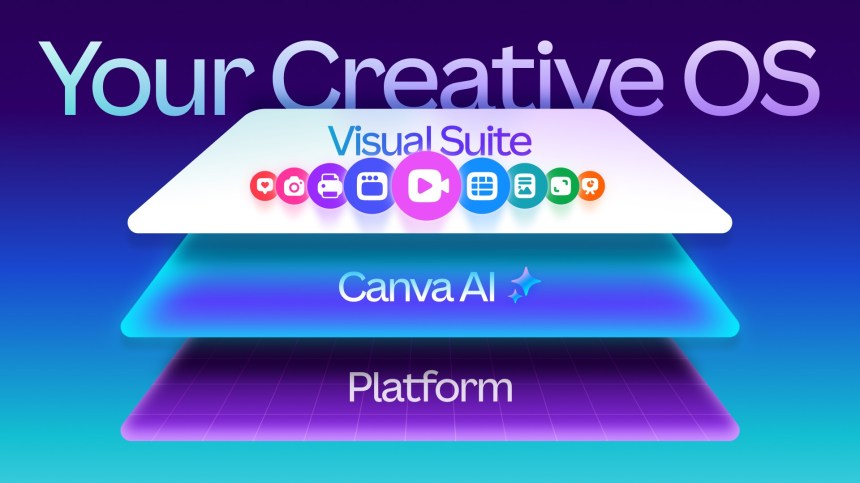Canva Unveils Innovative Design Model and AI Enhancements
On Thursday, Canva, the popular graphic design platform, announced the launch of its own design model, representing a significant leap forward in digital design technology. This model is designed to understand various layers and formats, enhancing its core features while maintaining user-friendliness. Alongside this, Canva introduced new products, updates to its AI assistant, and advanced coding tools for improved analytical insights.
Canva has developed a foundational model that is uniquely trained on its diverse elements, enabling users to create designs with editable layers and objects rather than relying on flat images. This innovation supports multiple formats, including social media posts, presentations, whiteboards, and websites, thereby broadening the scope of creative possibilities for users.
As Robert Kawalsky, Canva’s Global Head of Product, explained to TechCrunch, “We started by creating flat images with diffusion models. Omni models have taken that a step further, allowing for sophisticated edits through prompting. However, the tools often require you to prompt your way to the final result, which can be challenging in a visual medium.” He emphasized the importance of balancing the initial prompt with users’ direct iterative capabilities.
Infusing More AI Features into Canva
Earlier this year, Canva unveiled an AI assistant named Canva AI, designed to streamline the generation of new media items through a chat-like interface. The platform is now expanding the availability of this assistant across various tabs, making design processes more seamless. Users can also interact with the AI in real-time by mentioning it in comments for generating text or media suggestions, fostering collaborative project work.
Moreover, the AI tool now includes capabilities for generating 3D objects and mimicking the art styles of existing designs. This builds on earlier features that enabled users to create mini apps and leverage spreadsheet data to develop interactive widgets for insightful analytics.
Image Credits: Canva
New Products and Features
Canva is also expanding its range of products with features such as customizable form creation, offering a compelling alternative to Google Forms for gathering client input. The company announced the addition of email design tools, allowing users to create aesthetically pleasing templates for marketing campaigns or package notifications, all aligned with their brand’s visual identity.
Image Credits: Canva
In a strategic move to enhance its competitive edge against Adobe, Canva also made the professional design tool Affinity free for all users, aiming to attract more creative professionals to its ecosystem.
Image Credits: Canva
Canva is integrating Affinity more deeply into its platform, allowing designers to move seamlessly between creating objects in Affinity and Canva. This integration brings together vector, pixel, and layout elements into a unified interface, streamlining the design process even further.
With these developments, Canva is reinforcing its position as a leader in the design space, putting powerful tools and AI capabilities into the hands of users, fostering creativity and efficiency in digital design.
For further details, visit the original article Here.
Image Credit: techcrunch.com
















